Evamaria Schaller, Timo Seber: Peter Mertes Stipendium 2012
September 10 – November 10, 2013
Material, both narrative and textile, are constants in the works of Timo Seber (born 1984 in Cologne, lives and works in Berlin) and also make up the starting point of the pieces presented in the exhibition. In 1980, the baby Azaria Chamberlain disappeared in Australia; only her bloody rompers remained behind. Her parents unjustly came under suspicion of murder and into the crossfire of the media. Seber printed book covers with horror film-imagery that appeared on this occasion onto large-format transparent foil, enabling their perfidious rhetoric to become tangible and which Seber confronts with a material language of his own. The foil is shown against the backdrop of coarse-meshed fringed coconut rugs that awaken associations to detailed photographs of the torn playsuit. His small-format collages resulting from intense research demand, by contrast, a more detailed examination: startling fragments of the Azaria iconography ranging from T-shirts to comics are superimposed over a text about the Chamberlains. Detached and yet fascinated, the artist’s new group of works traces the transformation of a private fateful occurrence into a media spectacle in which the boundaries between Pop and contemporary tragedy have become fluid. Die Wilderin vom Montafon [The Poacher Woman of Montafon] or Arschgesicht [Butt Face]—even the titles of the performances, films, installations and exhibitions indicate a powerful position.
Evamaria Schaller (born 1980 in Graz, lives and works in Cologne), who has already received the Chargesheimer Grant, works with tremendous immediacy that spares neither herself nor the viewer. Forceful images and situations result largely from banal actions and a sensitive openness for spaces. For example, she climbed the long staircase of the Bundeskunsthalle in Bonn kissing each and every step or crept naked down the narrow stairs of the Galerie Teapot in Cologne into the darkness of a basement, the Sisyphus-like repetition of which had an oppressive effect on the viewer. The pieces for the exhibition at the Bonner Kunstverein likewise develop in a dialogue with the space, entrapping both the exhibition hall and the visitor in performative actions and settings. Video performances filmed at the Kunstverein as well as their traces and relicts can be seen alongside works on paper and objects. Schaller explores there such thematic fields as childhood, seeing and the uncanny.
Two artist’s books published by StrzeleckiBooks, Cologne, will appear on the occasion of the exhibition.
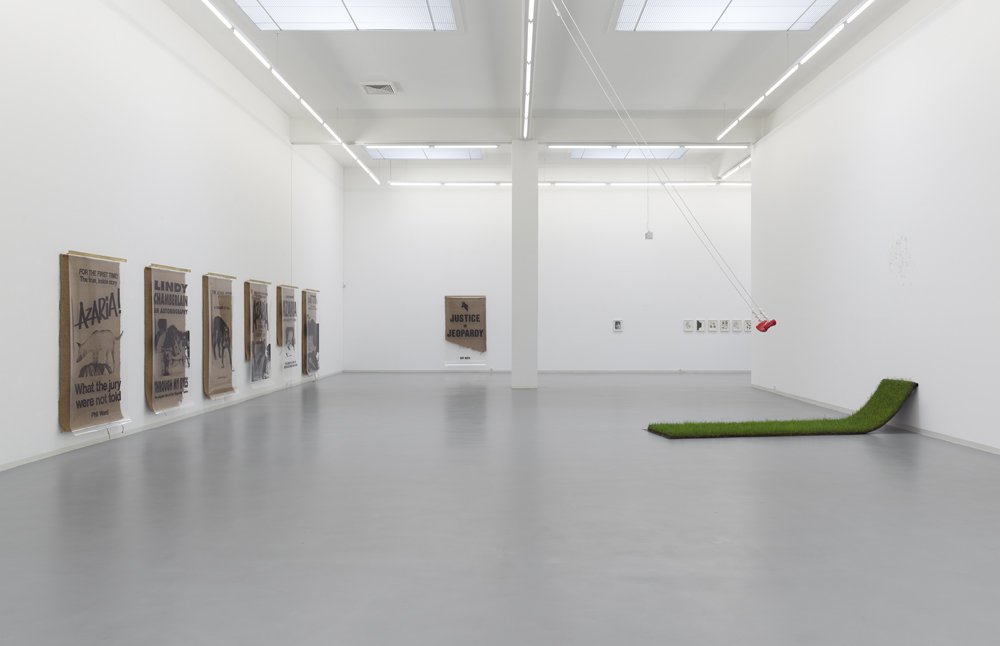
Evamaria Schaller, Timo Seber, installation view, 2013, Bonner Kunstverein. Photo: Simon Vogel
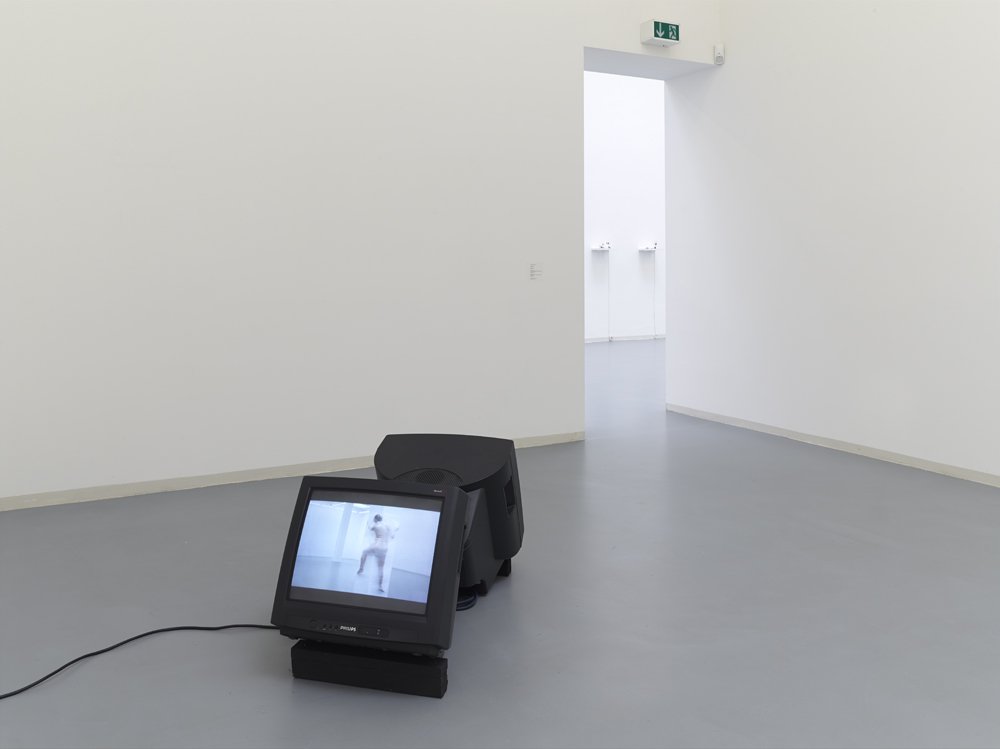
Evamaria Schaller, installation view, 2013, Bonner Kunstverein. Photo: Simon Vogel
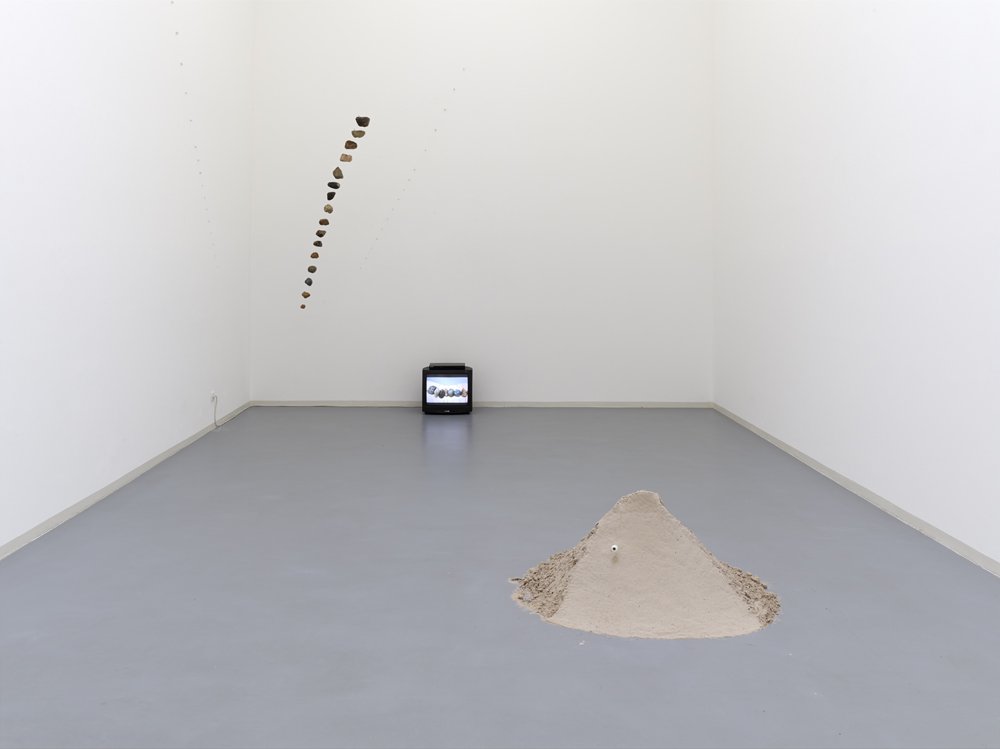
Evamaria Schaller, installation view, 2013, Bonner Kunstverein. Photo: Simon Vogel
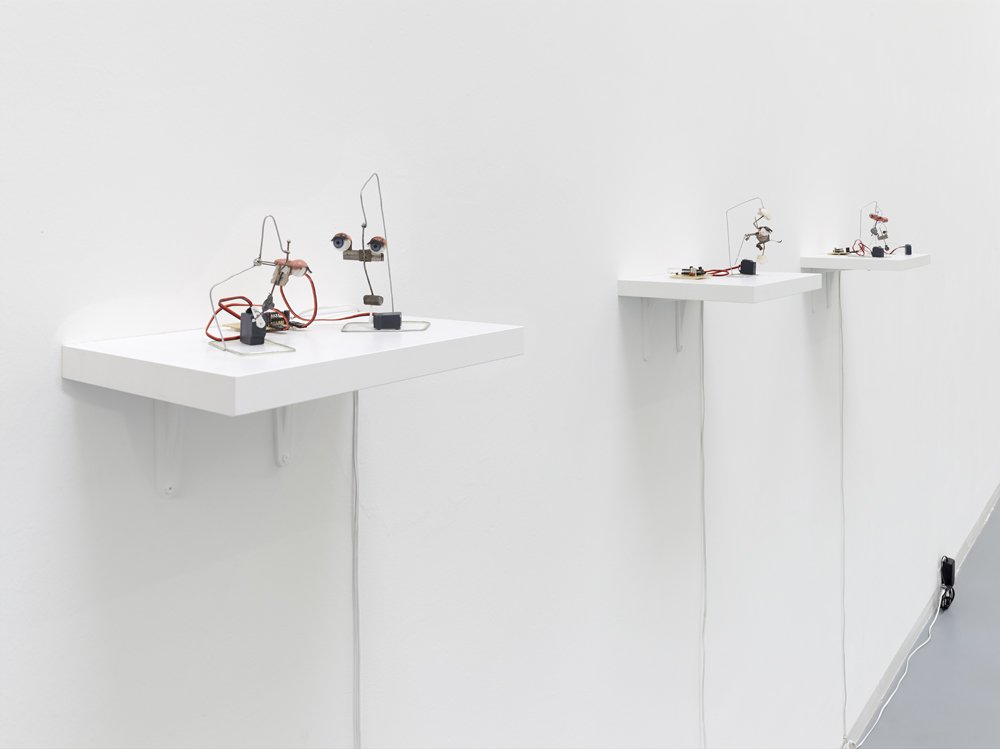
Evamaria Schaller, installation view, 2013, Bonner Kunstverein. Photo: Simon Vogel
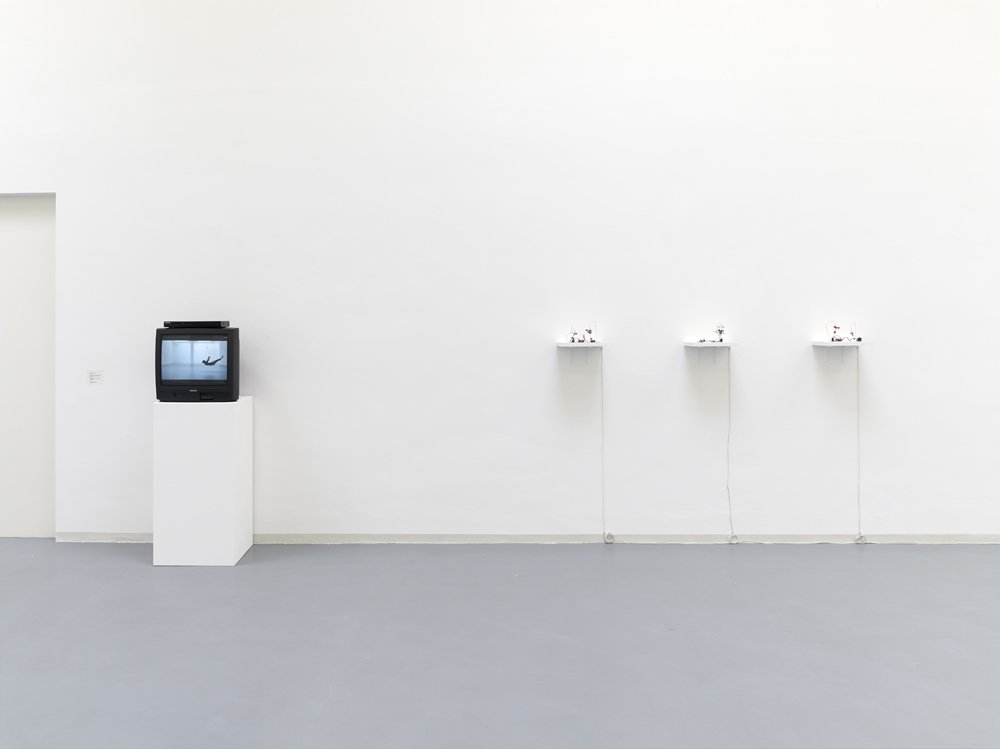
Evamaria Schaller, installation view, 2013, Bonner Kunstverein. Photo: Simon Vogel
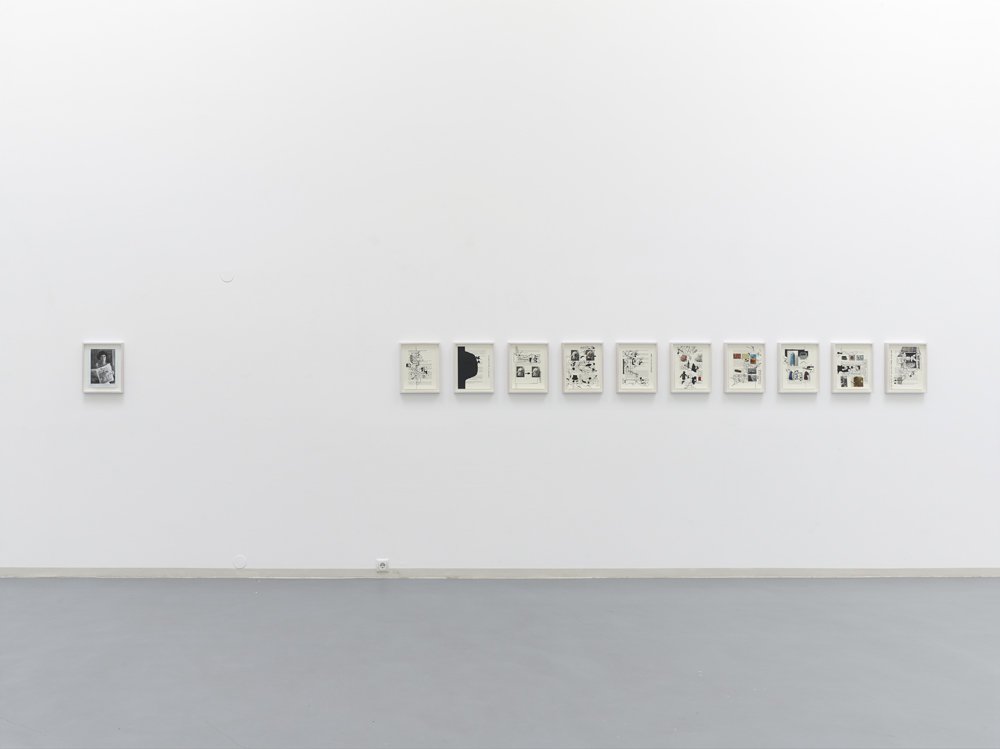
Timo Seber, installation view, 2013, Bonner Kunstverein. Photo: Simon Vogel
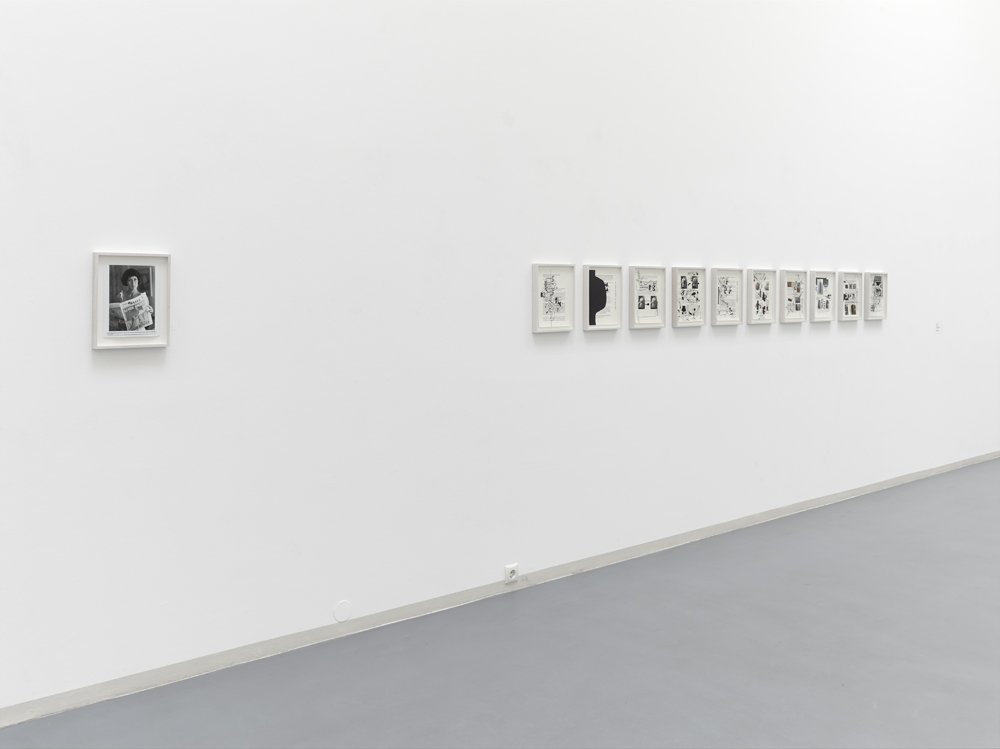
Timo Seber, installation view, 2013, Bonner Kunstverein. Photo: Simon Vogel
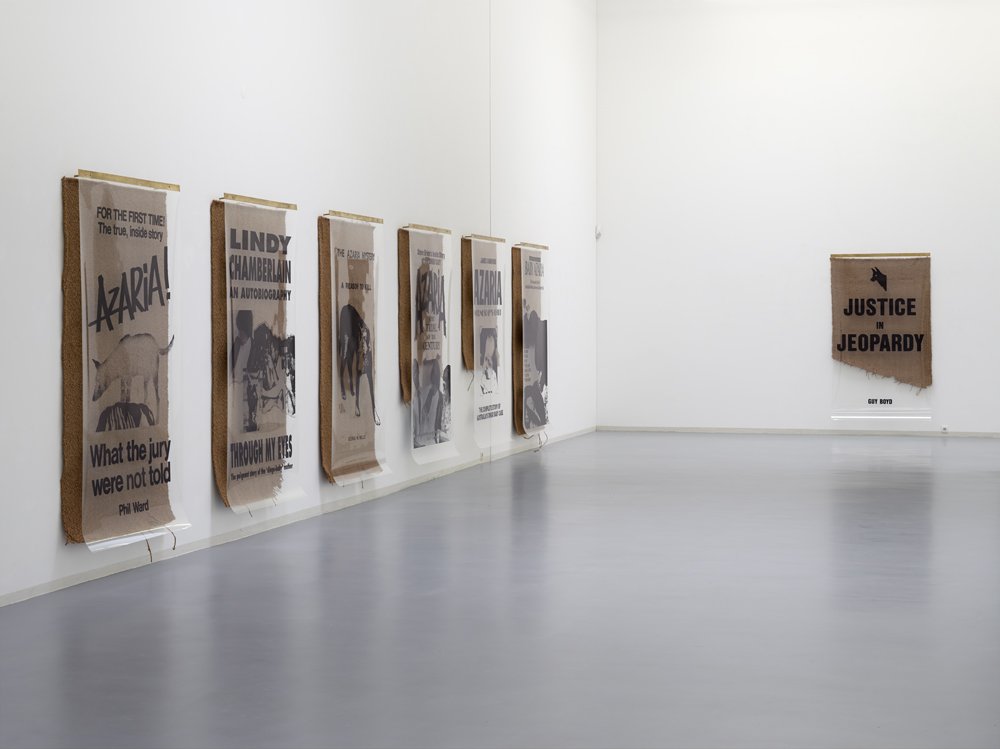
Timo Seber, installation view, 2013, Bonner Kunstverein. Photo: Simon Vogel
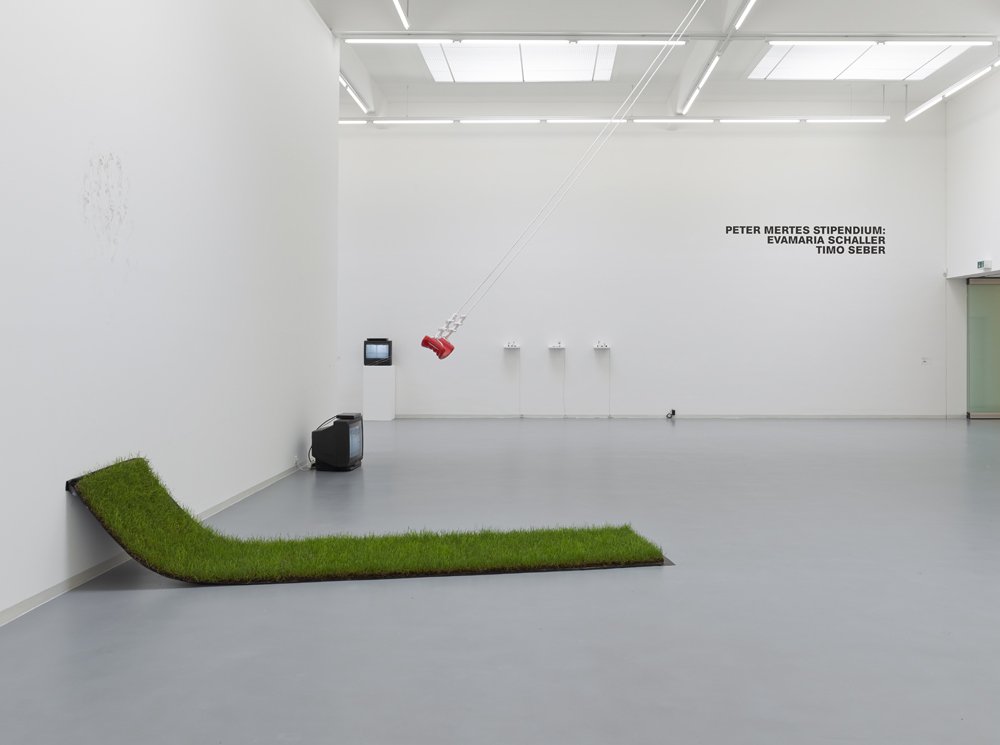
Evamaria Schaller, Timo Seber, installation view, 2013, Bonner Kunstverein. Photo: Simon Vogel
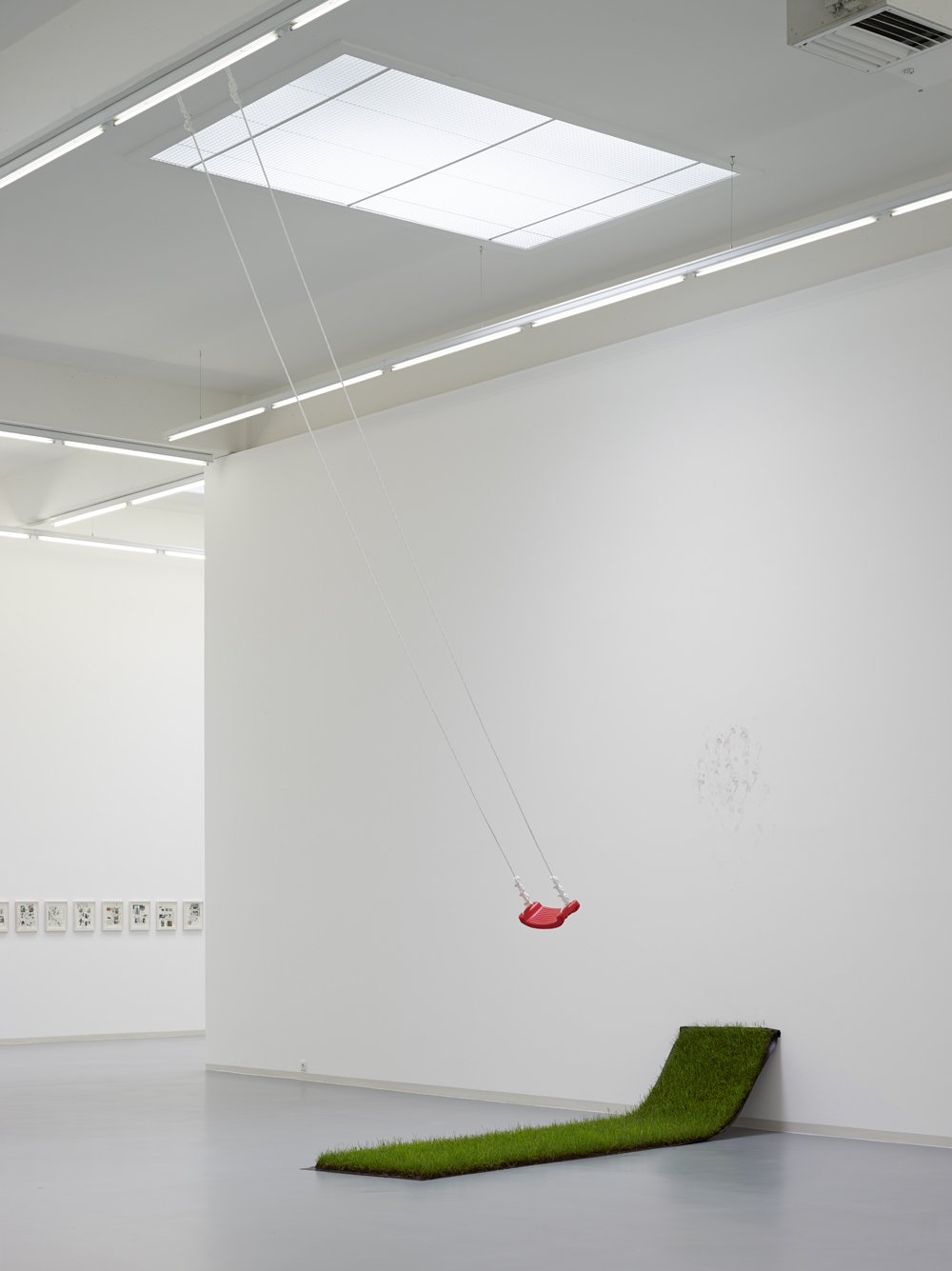
Evamaria Schaller, Timo Seber, installation view, 2013, Bonner Kunstverein. Photo: Simon Vogel